Most of us enjoy flowers and photographing them. This time of year (in the Northern Hemisphere) we have plenty of subjects to capture. I want to challenge you to think about new and creative ways to create beautiful flower images that stand out.
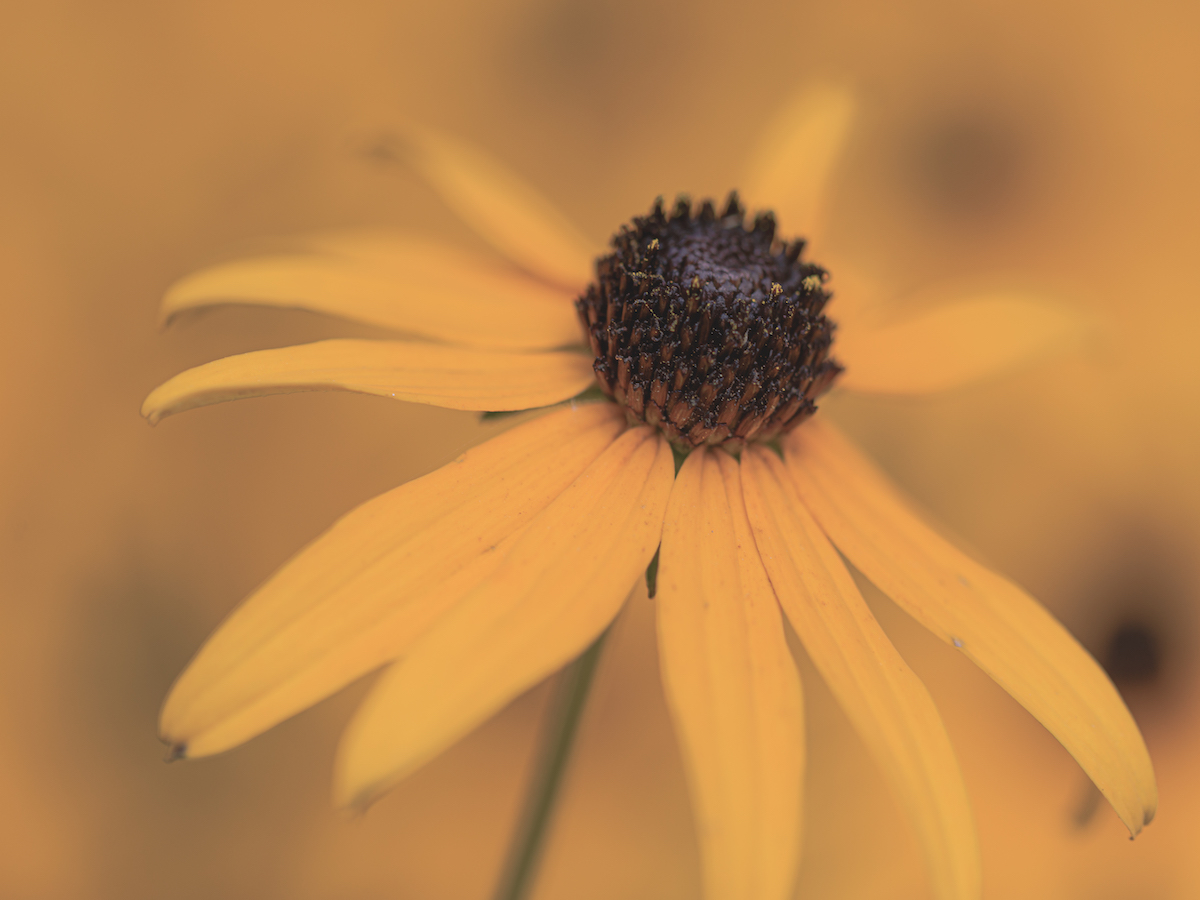
Let's talk about backdrops. I often hear photographers say that they don't want to invest in backdrops... or they don't have the space to store them. Did you know that you have all kinds of backdrops in your home? Everything from kitchen counters, to tile floors, to garage floors, table clothes and even baking sheets? Your old and seasoned baking sheets make an awesome flower backdrop with the cool designs and textures.
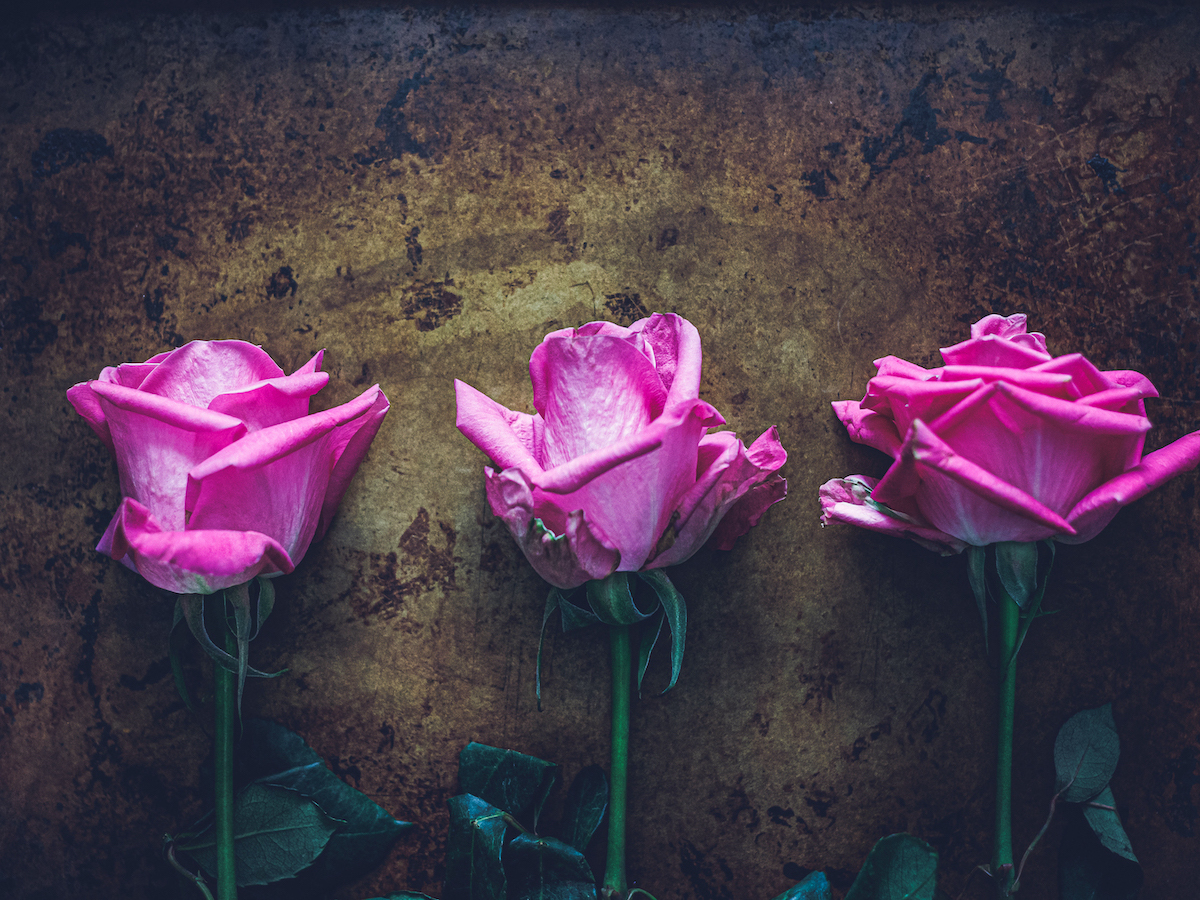
Another way to create an interesting flower photo is to take the image from the back. The back of a flower can be captivating with details and texture. Try experimenting with different back POV images and a variety of flowers. This is a really fun exercise.
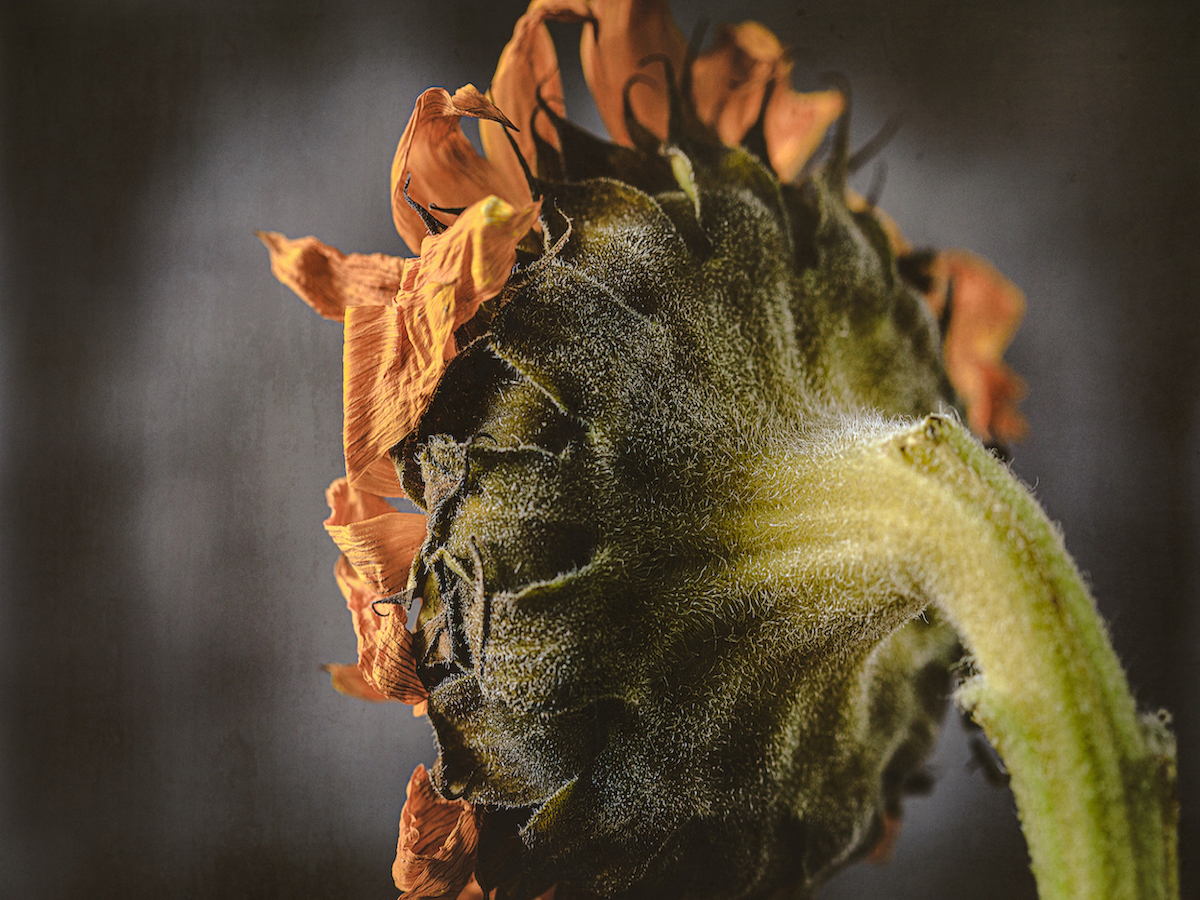
Don't be so quick to throw out your dying or "past prime" flowers. These can make some beautiful and dramatic images. Converting to black and white is another way to really show off the special beauty of a dying flower.
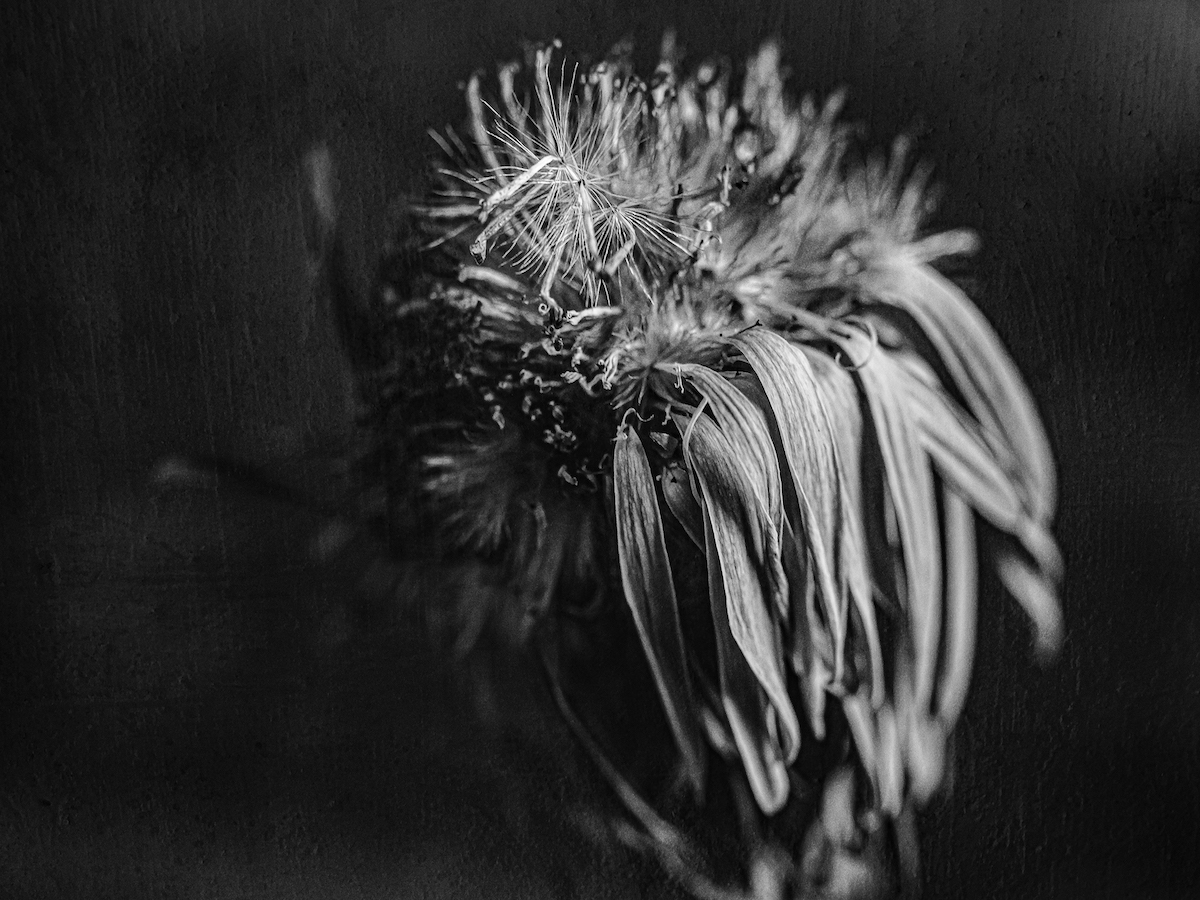
If you have a macro lens, you. can get in really close and get a stunning image. Think about capturing layers and details that you wouldn't normally get if you stay back. Photographing just a portion of the flower can create beautiful visual interest. If you don't have a macro lens, you can still achieve the effect by cropping the image.
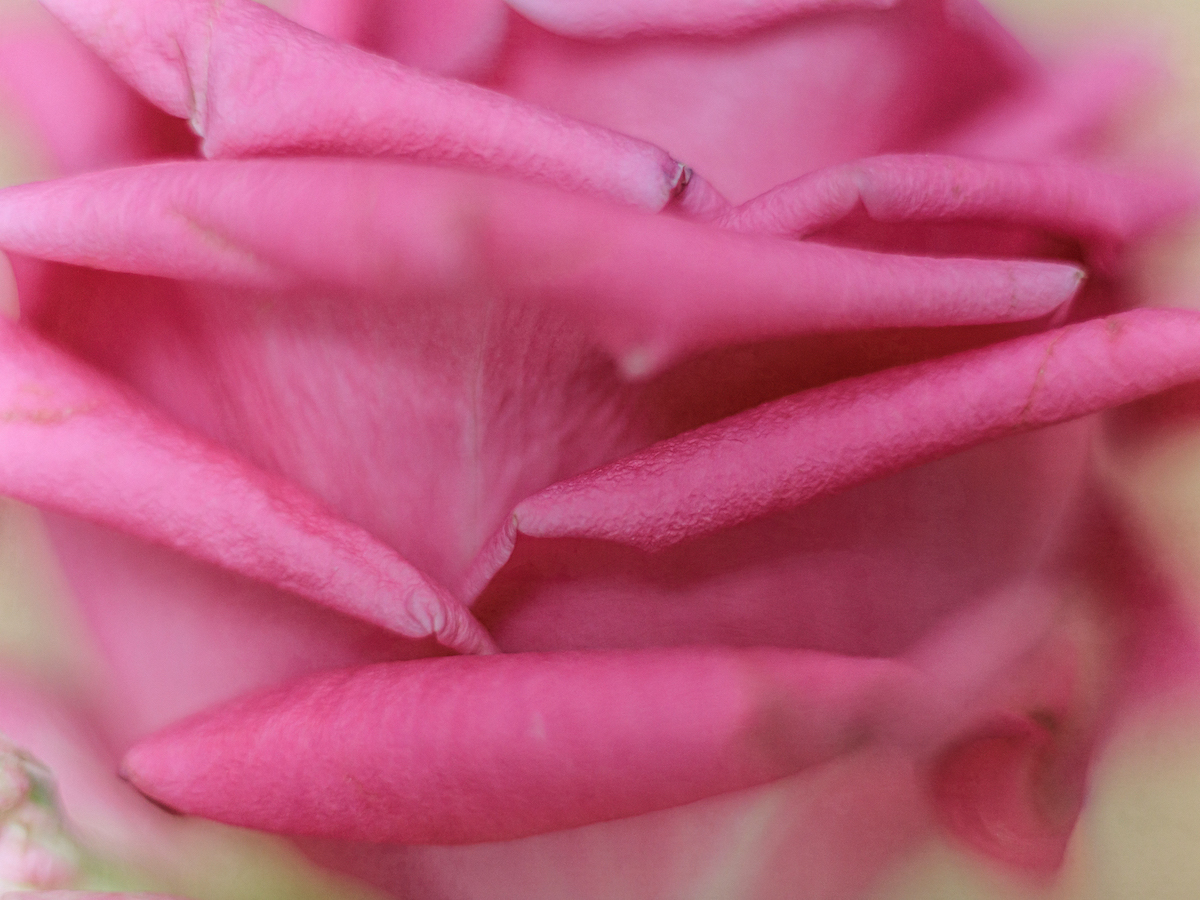
You might find the next idea painful... because it involves destroying a beautiful flower. Photographing loose petals creates a unique and beautiful image. You can even fill the frame or use the petals as a backdrop for a healthy bloom. Experiment with petal placement and you might find yourself spending hours in the creative fun of it.
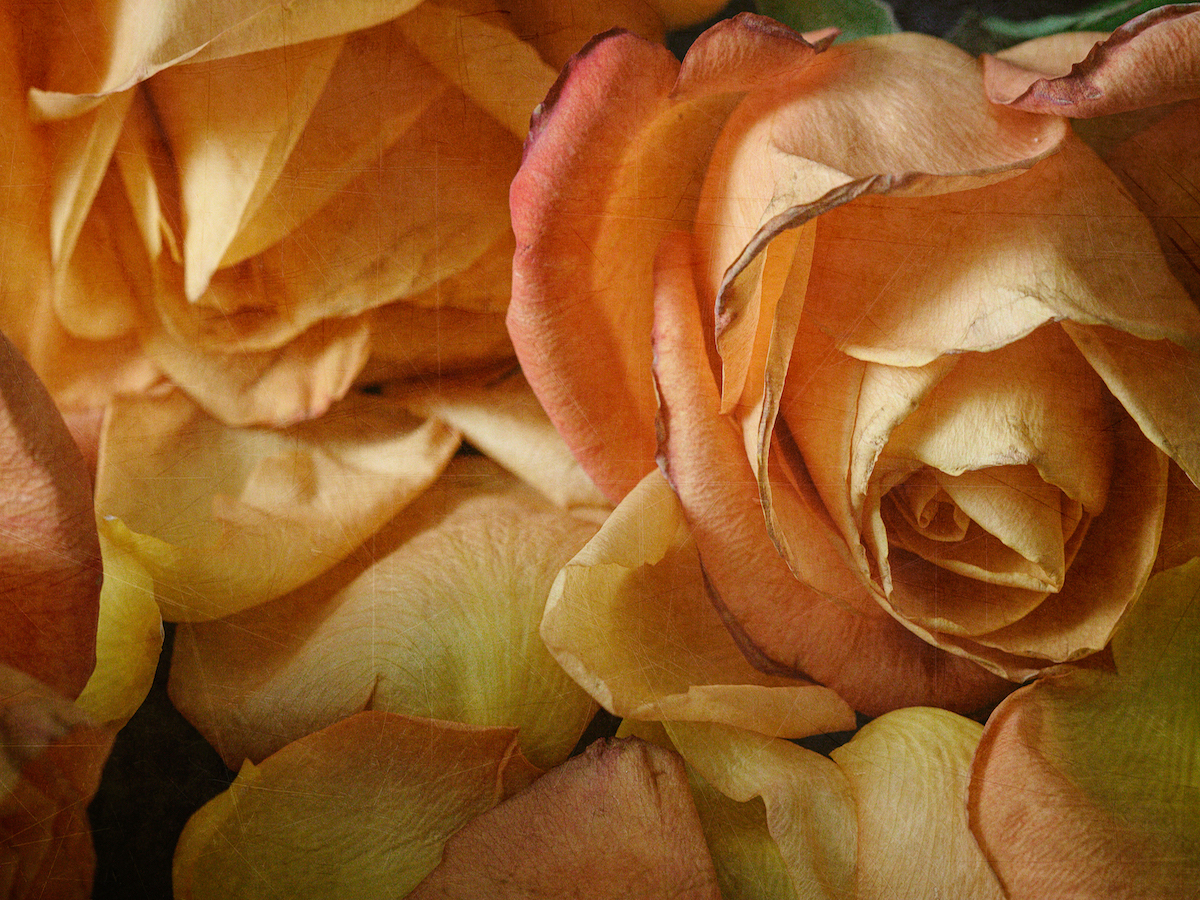
When you want to make a flower image stand out, think about contrast. Contrasting colors and backdrops will make the photograph pop. Whether you are purchasing flowers or cutting them from your yard, choose a couple of contrasting colors and and place them together.
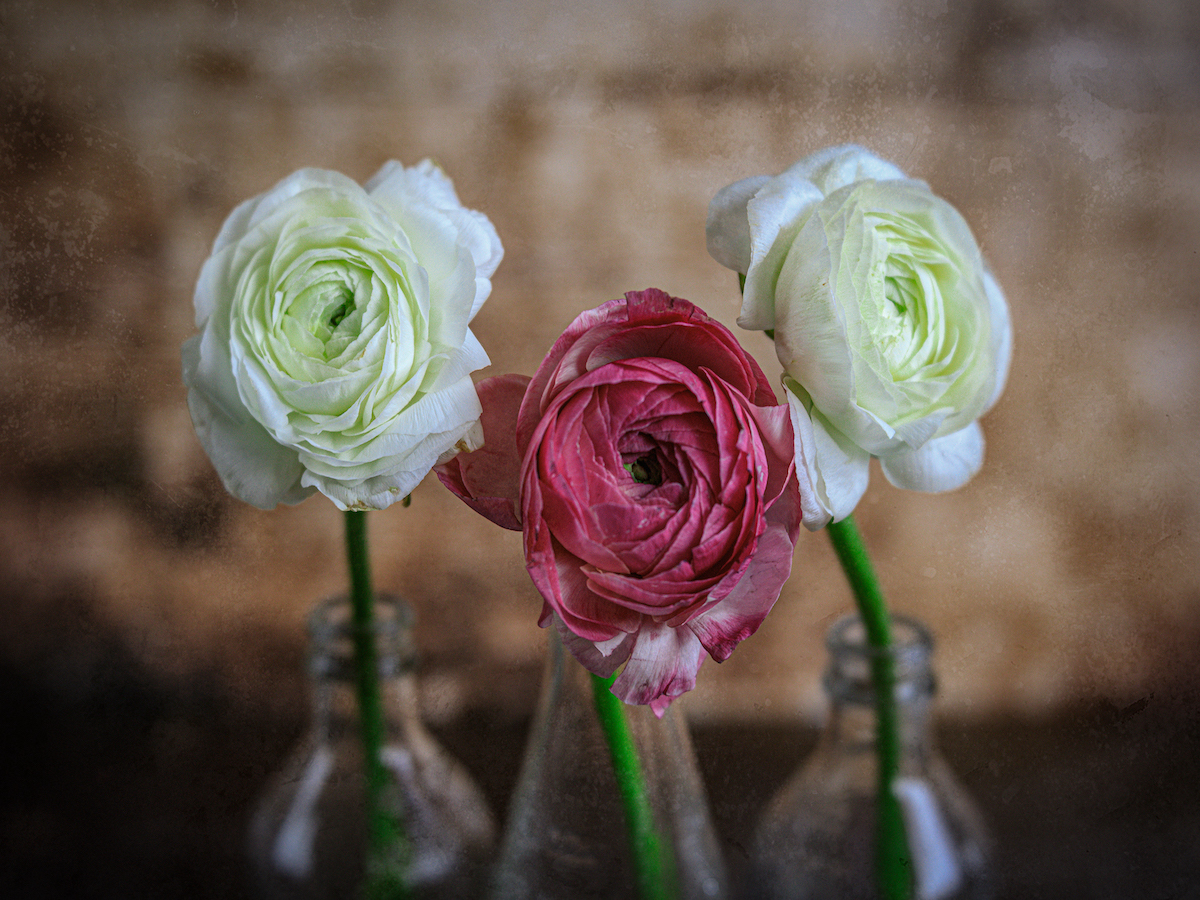
If you find yourself in a field or flowers, or you are visiting a flower garden or arboretum, it may seem a challenge to apply creative techniques. One thing you can do is isolate the subject. If you can position one flower such that it stands out; or use depth of field to isolate, the viewers eye will be drawn to that subject.
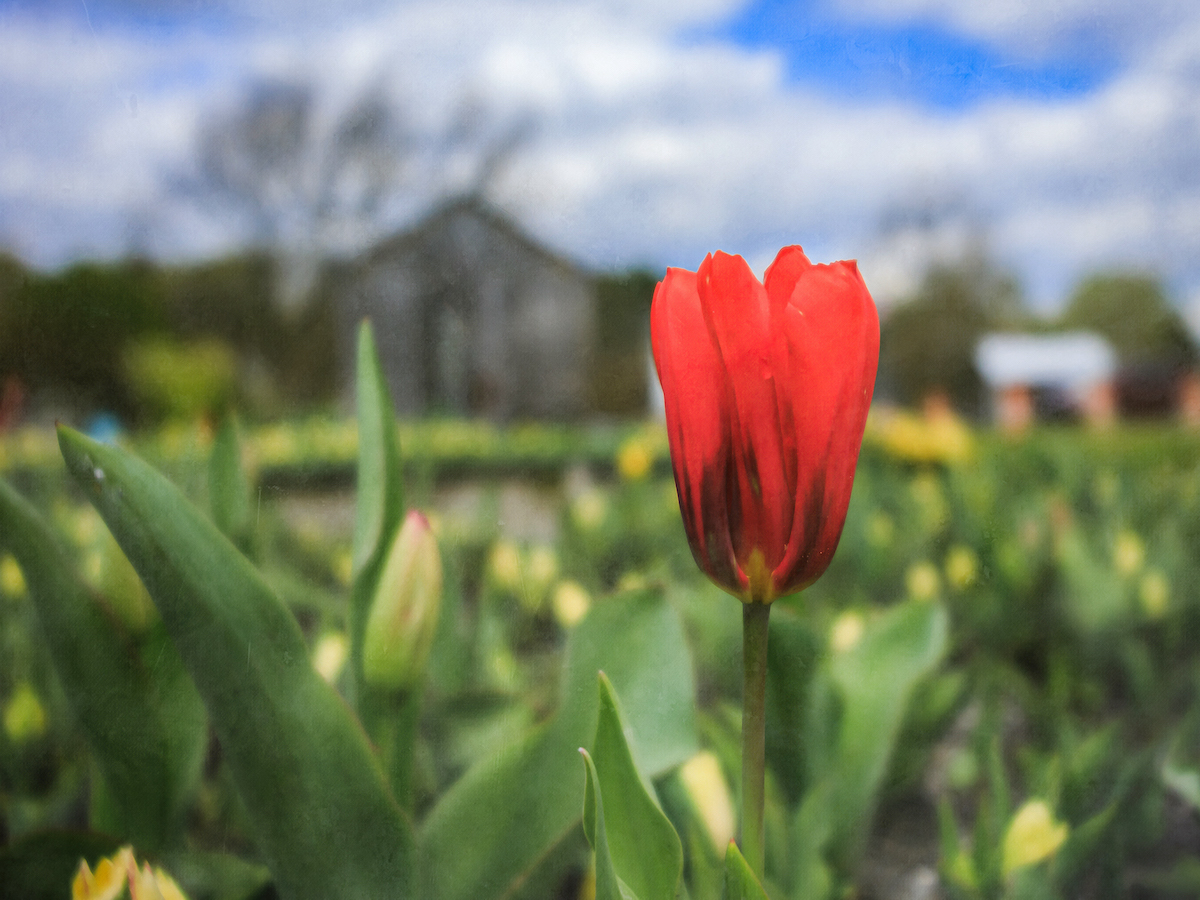
The last two techniques I will cover today are "free lensing" and "reverse free lensing."
You can achieve the same "look" that many of the lens baby lenses will do by using this technique with your own lens.
You will need a camera with a removable lens for this technique.
Free lensing is simply removing your lens, and holding it up close to the camera body but not attaching it. It can be a little tricky and it's much easier if you use a tripod. The effect will be a soft macro effect without using a macro lens.
Reverse free lensing is executed the same except you will turn the lens around and hold the opposite end to the camera. This creates the dreamy and soft images that you get from the lens baby velvets.
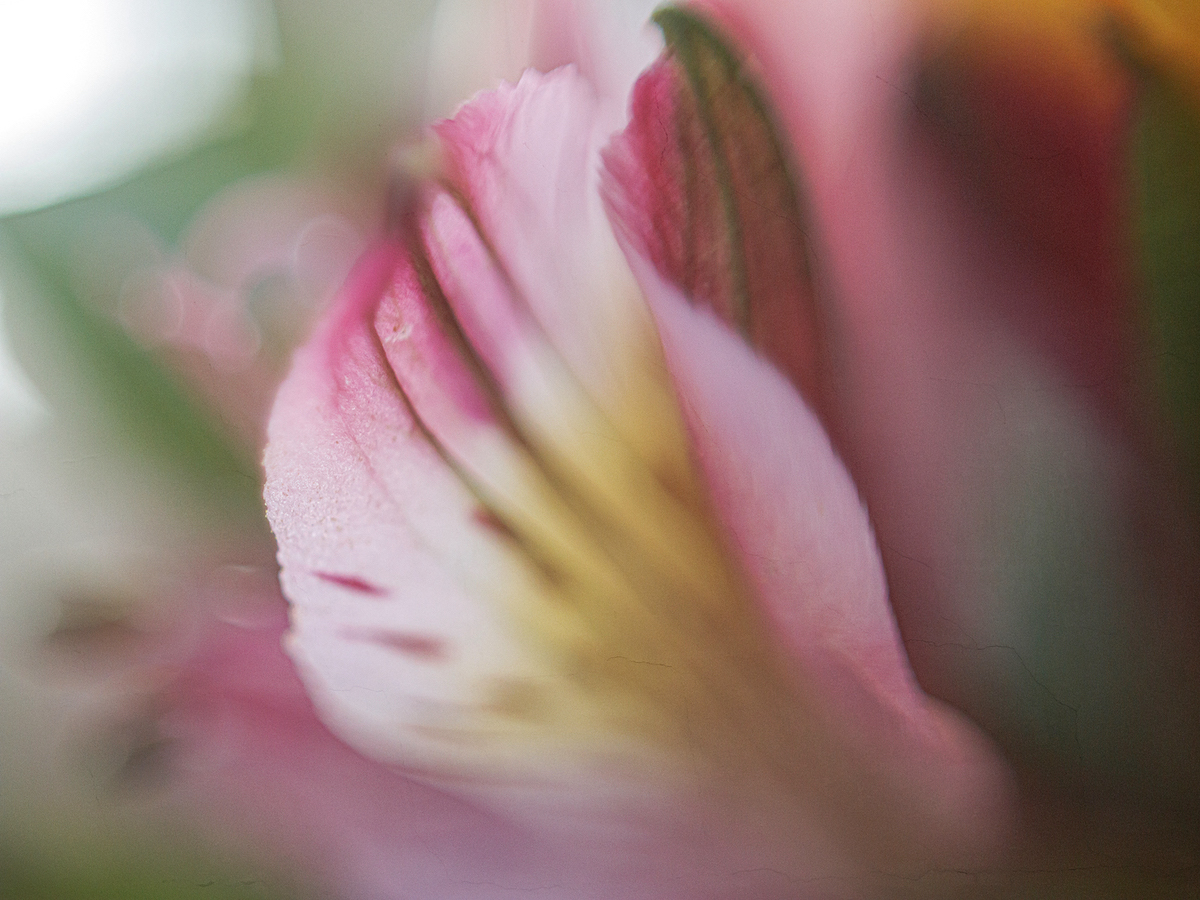
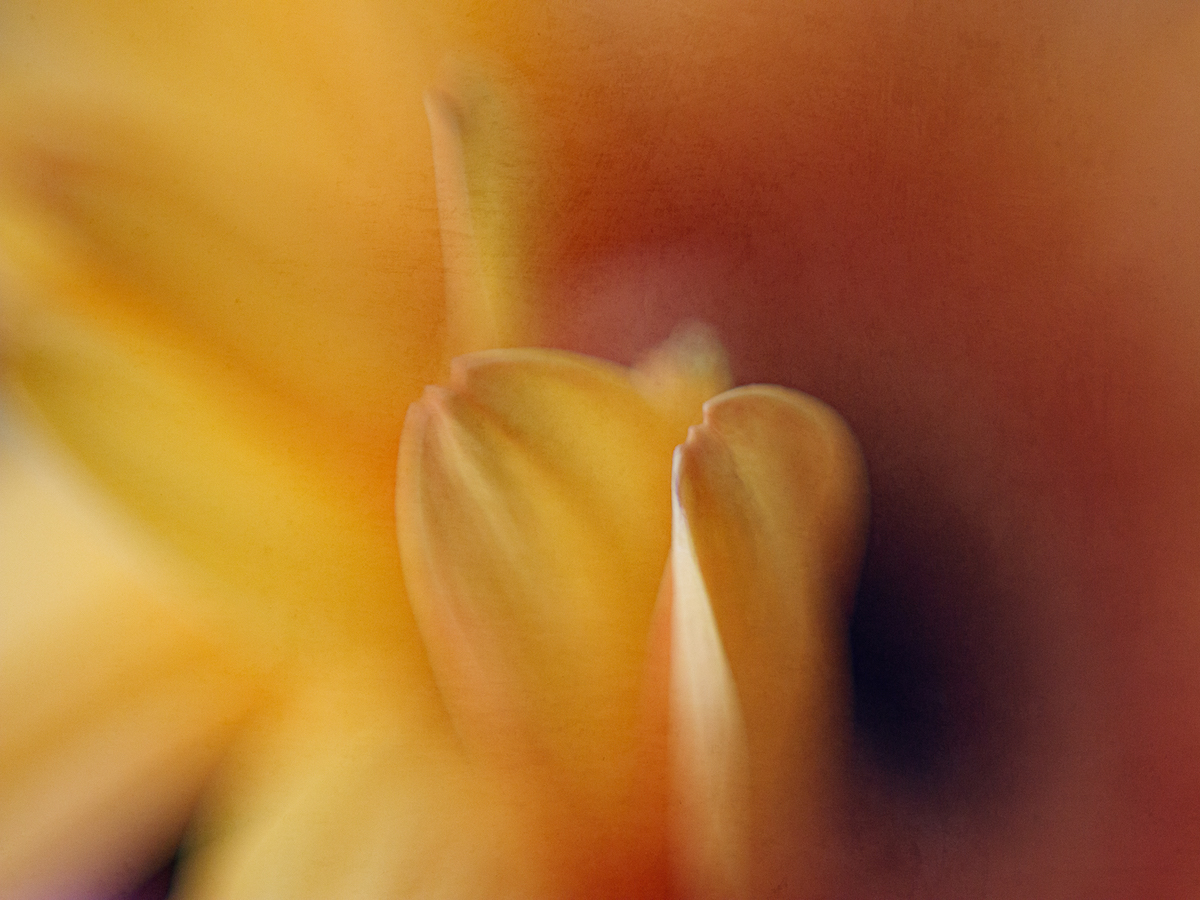
I hope this blog has given you some ideas to try. Spring is a beautiful time to play with flowers. Get creative and play!